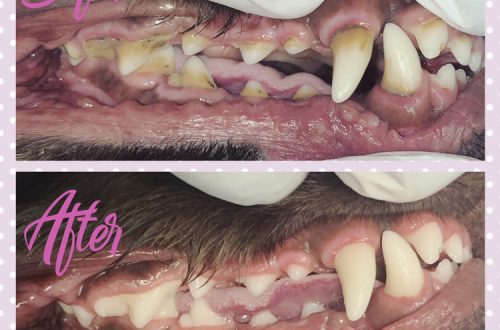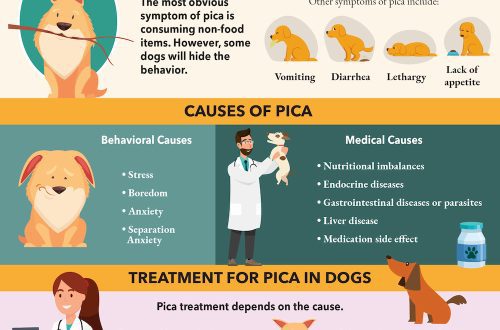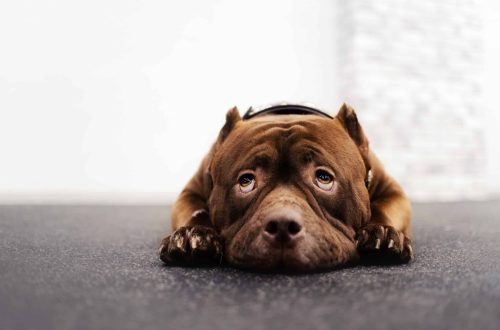
What human food is dangerous for dogs
Although we consider dogs to be members of the family, feeding them food off the table can be hazardous to their health. Eating a lot of oil and fat can cause them diarrhea and indigestion. It is very important to know what foods are dangerous for dogs and avoid them.
Contents
Chocolate and caffeine
Chocolate is bad for dogs, and this is a well-known fact. Unlike cats, they cannot stop when it comes to looking for food. If the dog did eat chocolate, it is important to know the amount and type of chocolate to determine the symptoms and the degree of dangerous effects on his body. Symptoms may include: vomiting, diarrhea, thirst, abdominal discomfort, lethargy, muscle tremors, arrhythmia, high body temperature, convulsions, and even death. The darker the chocolate (like dark chocolate or cocoa powder), the more dangerous it is for your puppy. In such chocolate, the concentration of caffeine and theobromine is higher, and these substances are dangerous for dogs. Dogs should also be kept away from caffeinated beverages. Read more about the dangers of chocolate for your dog here.
Grapes and raisins
For some dogs, grapes and raisins are harmless, while for others they cause kidney failure. In other words, it’s better not to risk it. Vomiting, lethargy and diarrhea may occur within 12 hours of consumption. If nothing is done, these symptoms can cause dehydration, decreased appetite, and frequent urination followed by no urination. If your dog has eaten grapes or raisins and these signs appear, take him to the veterinarian immediately. Your dog may develop chronic kidney disease or even die of acute kidney failure within three to four days.
Alcohol and raw dough
A small amount of alcohol in drinks, syrups and raw dough can be dangerous for our smaller brothers. These products contain ethanol, and beer also contains hops, which can cause alcohol intoxication. Signs of intoxication include: vomiting, disorientation, high body temperature, agitation, severely labored or rapid breathing, muscle tremors and convulsions. If a dog shows signs of alcohol intoxication, it should be observed by a veterinarian until recovery, as these symptoms can be signs of organ dysfunction and even lead to the death of the animal. Yeast in raw dough can also cause acute stomach dilatation, which can result in tissue damage and breathing difficulties.
Ksilit
Xylitol, or xylitol, is a sugar substitute found in foods such as chewing gum, sugar-free candies, and baked goods. It can also be found in toothpaste, mouthwash, chewable vitamins, and cough drops. Consuming xylitol can lower your dog’s blood sugar to life-threatening levels and also cause liver damage. Symptoms include vomiting, convulsions, and loss of coordination, all of which can occur within minutes to hours of xylitol ingestion. According to the Pet Helpline, when poisoned, a 4,5 kg dog only needs to eat one sugar-free chewing gum to approach a potentially toxic dose. Dogs that consume high amounts of xylitol may develop liver failure. If you think your dog may have eaten something containing xylitol, contact your veterinarian immediately.
Onion and garlic
All plants in the onion family, from garlic to shallots, green onions and chives, are dangerous to dogs. They contain ingredients that can cause gastroenteritis, anemia, and destroy red blood cells. It is believed that garlic is five times more dangerous than onions. Symptoms of onion or garlic poisoning may not appear for several days after consumption, but cause lethargy, weakness, and orange to reddish urine. Japanese dog breeds such as the Akita and Shiba Inu are more sensitive to onions and garlic.
Other foods that are bad for dogs
Dairy products can upset the digestive system and cause diarrhea as well as food allergies. Just a few macadamia nuts can cause weakness, paralysis and lack of coordination in a pet. Avocados contain persin, which causes mild stomach upset in dogs. Bones from meat, chicken or fish can also be very dangerous for your dog. They can split or get stuck in the throat, break teeth, or injure the intestines.
If you’re not sure if your dog can eat a certain food, always check with your veterinarian first. In fact, it is better not to feed your pet food from the table at all. And while it’s hard to ignore those puppy dog eyes that stare at your dinner table, feeding your dog this way can lead to overweight or even more serious health problems. To keep your dog out of harm’s way, you need to eat a specially formulated diet that meets your pet’s nutritional needs.





